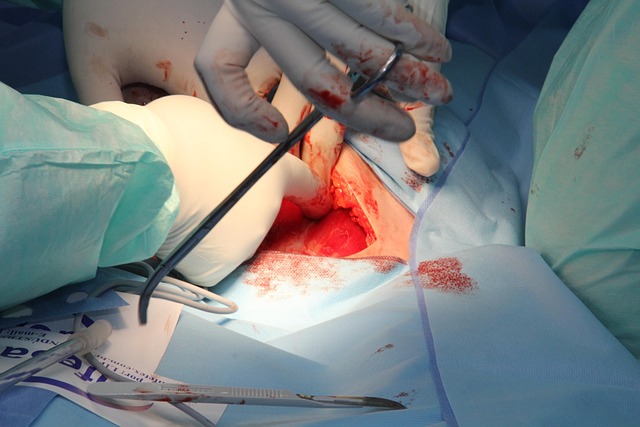Roof leaks stem from aged shingles, flashing issues, or ventilation problems. Visual inspections for water stains and maintenance prevent leaks. Leak detection specialists use advanced tools like infrared cameras and moisture meters to pinpoint sources accurately. Prompt action, including turning off water sources, is crucial after locating a leak. Regular inspections by a specialist reduce future risks, protecting homes from structural damage and costly repairs.
Roof leaks can cause significant damage, but identifying and repairing them promptly is key to preventing further harm. This guide offers expert tips for navigating the process efficiently. From understanding common sources like missing shingles or flashing issues, to utilizing advanced detection techniques employed by leak detection specialists, you’ll learn how to verify and document the location accurately. We also outline effective repair strategies and proactive measures to prevent future leaks, ensuring your roof stays secure.
- Understand Common Leak Sources
- Utilize Advanced Detection Techniques
- Verify and Document Leak Location
- Implement Effective Repair Strategies
- Prevent Future Leaks Proactively
Understand Common Leak Sources

Roof leaks can stem from a variety of sources, and identifying them is the first step in effective repair. Common causes include aging or damaged shingles, flashing that has loosened or corroded, and issues with the ventilation system. For older homes, consider the possibility of a leaking chimney or pipe, especially if you’ve noticed water stains on your ceiling. A leak detection specialist can be invaluable here, using advanced tools to pinpoint problems even in hard-to-reach areas.
Regular maintenance is key to preventing these leaks. Homeowners should check their roofs for any signs of damage after severe weather and ensure gutters are clear to prevent water buildup. Additionally, keeping an eye out for unexpected increases in utility bills could indicate a leak, prompting prompt action before the problem escalates into more costly repairs, such as a boiler repair or residential pipe leak repair.
Utilize Advanced Detection Techniques

Advanced detection techniques have revolutionized how leak detection specialists approach roof leaks. Gone are the days of lengthy and laborious searches. Today, professionals employ sophisticated tools like infrared cameras and moisture meters to pinpoint problems with precision. These technologies not only save time but also ensure accurate identification of the leak’s source, which is crucial for effective repair.
For hidden or underground leaks, specialized techniques such as non-invasive underground leak detection come into play. These methods use sound waves and other advanced signals to locate leaky pipes without causing damage to your property. By employing these cutting-edge tools, leak detection specialists can offer more efficient services, maintaining peace of mind for homeowners with comprehensive leak monitoring solutions.
Verify and Document Leak Location

Locating the source of a roof leak is crucial before attempting any repair work. This step is often best left to a professional leak detection specialist, as they have access to advanced tools and techniques for pinpointing the issue. Start by observing your home from both inside and outside, looking for signs like discolored or peeling paint, water stains on ceilings or walls, or a musty odor—all potential indicators of a leak. Document these areas with photos, noting any recurring problems, as this will help guide your repair process.
Additionally, check for common leaky faucet solutions for tenants like dripping pipes or faulty fixtures, especially in older homes where issues may be more frequent. The information gathered during this verification phase is vital for targeted and effective water leak control. By combining visual inspections with professional tools, you can ensure that any detected leaks are accurately located and addressed using the best among top strategies for water leak control.
Implement Effective Repair Strategies

Once a leak has been located, implementing effective repair strategies is crucial to prevent further damage. Start by addressing any immediate concerns like turning off water supplies or using buckets to catch drips. Then, assess the type of leak—whether it’s from leaky pipes, a damaged roof shingle, or a flashing issue—as these will determine the best course of action.
For older homes, identifying hidden water leaks might require specialized tools and expertise from a leak detection specialist. They use advanced techniques like moisture meters and infrared cameras to pinpoint problems that can’t be seen. Regular inspection is key, especially in areas prone to leaks like attics, basements, and pipes exposed to extreme temperatures. By addressing these issues promptly, you’ll not only save on costly repairs but also protect your home’s structural integrity.
Prevent Future Leaks Proactively

Preventing future leaks is an essential aspect of maintaining a healthy roof and avoiding costly repairs. Regular maintenance checks by a leak detection specialist can significantly reduce the risk of water damage and structural issues. One of the initial steps in proactive leak prevention is understanding common causes, such as leaky pipes, which often manifest as mysterious drips or puddles with no apparent source. Identifying these signs early on is crucial, as they could indicate underlying problems that, if left unaddressed, may lead to severe plumbing leaks and extensive damage.
When to call a professional for leaks is not always evident, but knowing the potential red flags can help homeowners make informed decisions. By staying vigilant and addressing minor issues promptly, you can save yourself from major headaches down the line. Regular inspections and prompt action are key to ensuring your roof remains leak-free and your home protected against water damage caused by leaky pipes or other plumbing-related issues.
Identifying and repairing roof leaks promptly is key to maintaining a dry, safe home. By understanding common sources, employing advanced detection techniques, and implementing effective repair strategies, you can turn from a homeowner to a leak detection specialist. Remember, proactive measures like regular inspections and maintenance can prevent future leaks, saving you time, money, and potential damage in the long run.
